Master Day Trading in Just 30 Days: Lesson #1
27
FEBRUARY, 2016
OK, so you want to be a day trader. Otherwise you wouldn’t be reading this very lengthy article, right? But do you know what being a day trader really means? Yes, the freedom you get by setting your own hours can be intoxicating. The profits that can be made are unlimited. And it really can ultimately be life changing!
But trading the financial markets truly is the most capitalistic of enterprises — you are only limited by YOUR desire to work hard, and YOUR skills and capabilities. Your success and failure is in black and white (or red and green) — on the computer screen, right in front of you. The truth and reality of your performance, how far you have progressed, and how far you have to go, is inescapable. The profit-and-loss numbers don’t lie. Feedback is immediate and brutal. It is capitalism in the extreme.
Trading requires no special skills beyond common sense and a sense of humility. It doesn’t care if you have one degree or ten degrees. The market ultimately equalizes everyone.
Which means that you can do this — thousands of people do this everyday. They make their profits from the hundreds of thousands of other traders that don’t have a plan, or just can’t follow a plan, or who are participating in the markets using a gambling mentality.
We are going to assume that you are different, that you are not a gambler. You have already proven that by reading more than a few paragraphs of this article. You are a prudent risk taker, only trading when you know that the odds are in your favor! And by reading this article (and the subsequent articles in the series), you are preparing a foundation for yourself that most other traders never take the time to build!
This free series of lessons is designed to take you from zero to professional in 30 days. Yes, it is possible. But only if you follow the plan outlined in this series. Skipping even a single step will reduce your chances of success. We have taken everything that we have learned over more than a dozen years, and condensed it down to this short series of lessons. We can’t make it any shorter, simpler or clearer.
If you have traded before then the first part of these lessons will be boring. But even so, we suspect there are items in here that you should brush up on. So please don’t skip them. We want you to be successful and the only way we know how is to start everyone from the same ground floor.
Now let’s get you started on your road to financial independence.
Day Trading Defined
The classic definition of a day trader is someone who opens positions during the trading day and closes it all out before the markets close. The classic day trader always goes to bed with zero trading positions open.
In practice, we morph this definition a bit. We classify day traders as those whose average holding time for 90% of their trades is less than 1 week. This is a more practical definition, and works well with more traders’ psychological make-up. And in these modern markets, many of the best moves (both in your favor and against you) happen over-night when the non-US markets are open. It also allows us to include traders who can only enter orders once or twice a day because they have a full-time day job (probably the situation for most of you reading this article).
Regardless of the definition we are using though, all traders need the right equipment.
“The classic definition of a day trader is someone who opens positions during the trading day and closes it all out before the markets close. The classic day trader always goes to bed with zero trading positions open.”
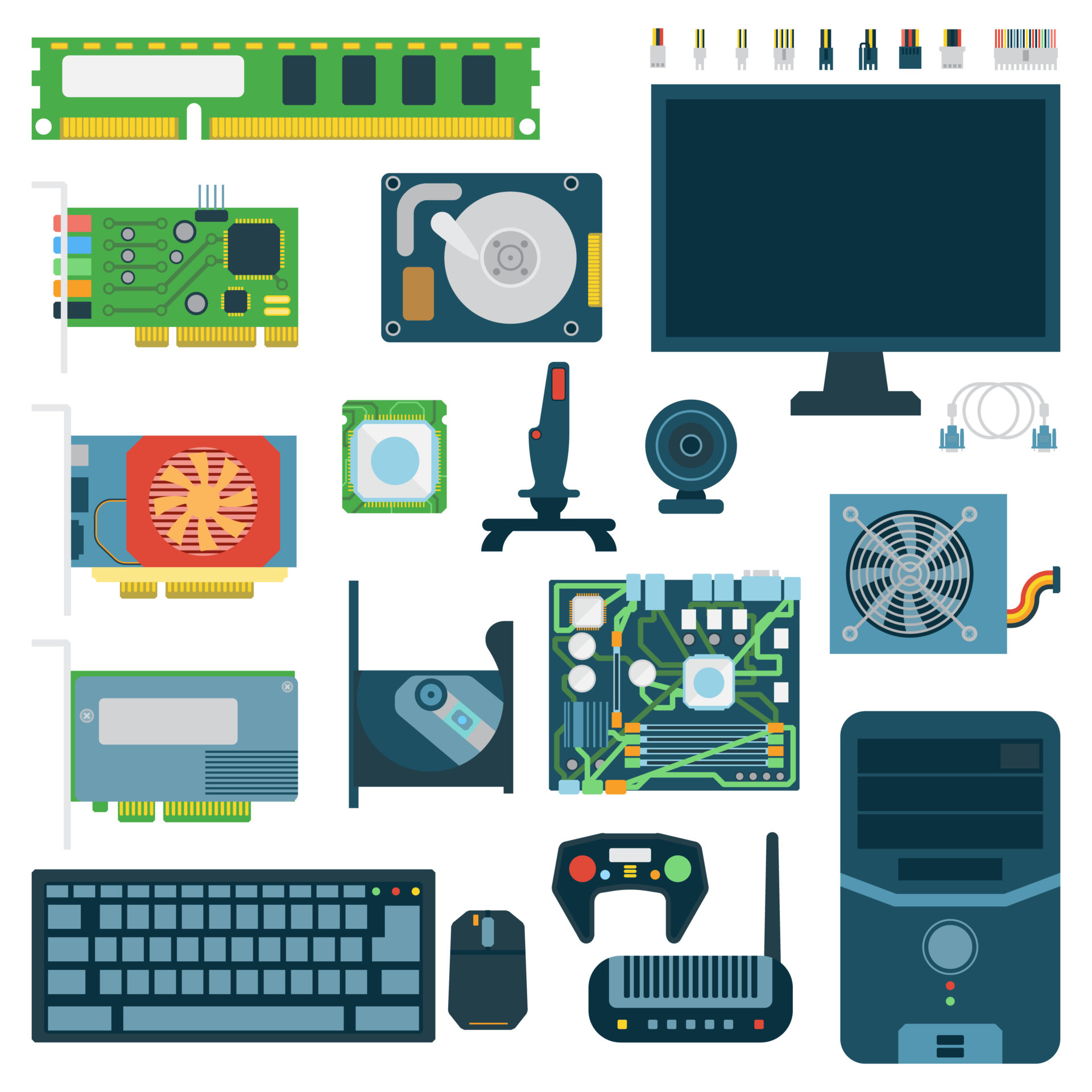
Computer Components.
Photograph provided by shutterstock.om


The Right Equipment
If you were going to college to earn a bachelor’s degree in day trading, your professors would expect you to be properly equipped. Not only would you be paying four years’ worth of tuition, but you would also be paying for four years’ worth of supplies. Four years’ worth of books, computer equipment, software — even sundry supplies such as paper and ink would all be part of your cost of education. The same is true for day trading. There is an inescapable cost to equipment and supplies.
We have divided this list into two parts. This first part is what you will need to learn, and should be enough to take you through the first 10-14 lessons. Later, you will need to add additional equipment to make sure you have a PROFESSIONAL environment suitable for serious trading. We will let you know what those additional pieces are in a future lesson. But for now, as you work through these first few lessons, you should make sure that you have the following items:
- A computer (obviously). But not just any computer. Even though you are just learning, the computer has to be powerful enough to handle your charting and trading software, your spreadsheets, browser with multiple tabs, and other miscellaneous programs that you will run as we go through these lessons.
- We recommend that your computer have at least an Intel quad-core i5 processor running at 2.4 Ghz or greater. You should have 8 GB of RAM and be running Windows 7 or later. A dual core i-3 processor will not be enough past the first few lessons.
- If your current computer does not meet the specifications outlined above then consider “renting” computer time in a cloud service such as Windows Azure or Amazon Web Services. If you do not have a technical background, then grab a “techie” friend and have them set one up for you. Make sure that they show you how to start it up and shut it down so you don’t have to pay for the time when it is not running.
- A Fast Internet Connection: This is self explanatory, but we believe that you should get the fastest and best internet connection that you can afford. When the market gets surprised, it can send massive amounts of data your way in an ultra short period of time. Your computer and your internet connection should be fast enough to handle these peak volumes. You can expect at least one run-of-the-mill “surprise” per month where the volume of data that your computer needs to process in real-time spikes.
- Charting Software: We use Tradestation (www.tradestation.com) and, if you are just starting out and don’t already have a charting software provider, we highly recommend you start there. Later, as you gain experience, you can change to something else, but all of our charts and reference material will have a Tradestation flair to them. More experienced traders will be able to easily adapt our lessons to other platforms.
- If you already have charting software from your broker (eg: e-trade, fidelity etc), that should be good enough for now. Note that the charting software provided by Interactive Brokers is NOT good enough. But if you are using them as a broker, you probably already know that! They are a great low-cost broker, if you know what you’re doing, but you will need to pair their brokerage service with a better charting platform and data-feed.
- Real-time Streaming Quotes: Real-time quotes are necessary, even if you are only looking at the markets once or twice a day. The last thing you need is to be looking at quotes that are delayed by 20 minutes. No matter the type of trader you are, there are going to be days where you NEED to know where the market is trading RIGHT NOW. Not having your streaming quotes ready, or not knowing how to use it in your charting software, will cause you to lose money — unnecessarily. Your broker will be able to provide a package of basic US real-time quotes for Stocks, Futures and Options for around 50.00 per month or less, as part of a real-time bundle of some sort. Other common FUTURES exchanges that trade things such as gold and grains will have substantially higher real-time fees.
- Microsoft Office: We realize that there are free options such as Google docs and such. But most analysis and other software integrate best with Microsoft Office. And with Office 360, you get everything you need for under 10.00 per month. You can buy it for one month just to complete this series. A lot of the supplementary materials will be in Excel spreadsheets!
- A Broker: You need a broker who understands the needs of the professional day trader. Unfortunately, it seems that many popular brokers provide services at a very low cost, with poor customer service as the trade-off. It is OK to start with one of these brokers, as long as you understand that getting an issue resolved might take longer that you would like. (And, to be fair, our primary broker is one of these “poor-service” brokers.)
- Trade Execution Platform: Your broker needs to provide trading software that can accommodate Market, Stop, Stop-Limit, and GTC orders on the instruments you will be trading. Most brokers will offer additional order types, especially when trading stocks. But for now, these four types should be all you need to get started. If you don’t know what they mean or when and why you would use them, that’s OK — just make sure that they are all available to you. We will cover them in detail in later lessons.
- Trading Simulator: Choose a broker who has this capability. You can practice entering and exiting trades, test out new trading strategies and do all kinds of other training without risking real capital.
TIP: Questions about this list? Join one of our small trading groups – get the combined experience of 10 other traders to help you choose your equipment! Learn more here
Capital
OK, so here is the answer to the all-important question of capital. You need at least $30,000 USD to start. This is over and above the cost of your equipment and monthly fees. Of that , you need to be mentally prepared to lose at least $5000 as you go through the learning process. Instead of paying a college tuition, you will be paying the markets. Other traders will be taking that money from you as you make mistakes — mistakes you will inevitably make while practicing maintaining your discipline and sticking to your plan.
However, there will be a day in the future when you will be the one extracting tuition from other traders! The sooner you can come to grips with the idea that you will lose a portion of your capital while learning, the better off you will be and the less frustrated you will get. Frustration is a potent enemy for the day trader, and one that will bite you many times in your trading career. Learning to get it under control early will be very advantageous as you progress in your active- trading career.
You should know that, in the United States, $25,000 is the legal minimum amount that you must have in your account if day trading stocks. This is a very silly government imposed threshold designed to discourage active-trading. Brokers can be fined an enormous amount of money if they allow traders to day trade with less than this. While there are ways around this limitation, it involves getting licensed and being classified as a professional — not the kind of thing you can accomplish in 30 days. And those work-arounds create other issues which increase your costs of trading across the board. So, practically speaking, $30,000 is the minimum amount you must have in your account to get started. And $25,000 is the minimum amount you must maintain in your account at all times in order to be able to day-trade stocks.
If trading FUTURES, you can open and maintain your account with less. But practically speaking, the size of futures contracts require a similar commitment of capital. While you can buy and sell stocks in blocks of 10 shares, even the smallest futures contract is the rough equivalent of 500 shares of SPY (currently valued at slightly less than $100,000!) So from a practical perspective, it makes no difference if you are trading futures or options or stocks — the minimum amount is the same – $30,000.
Anyone that tries to tell you differently is simply encouraging you to put yourself in a situation where you are attempting to trade with the equivalent of one arm tied behind your back while engaging in a gun fight.
Alternatives To Capital
One of the most practical alternatives to having $30,000+ of risk capital is trading simulators. Many brokers offer them. It allows you to place trades in a simulated account that tracks profit and losses as the real markets move. There are some limitations, but for the purposes of the first couple of weeks of this series, it is good enough and will keep you out of trouble.
Commissions and Trading Costs
There are two ongoing costs you will incur every month: real-time data fees, and commissions and exchange fees. We have already talked about the real-time data fees so lets talk about commissions. There are many ways that brokers like to quote commissions. Some of them will quote a per-share or per-contract commission fee exclusive of all exchange fees. Some will quote an “all-in” fee that includes commissions and exchange fees. And some brokers will simply quote you a flat rate up to a certain number of shares (eg: $7.00 up to 500 shares). Unless you are trading the maximum number of shares in the flat-rate fee on every trade, it is usually better to just stick with a per-share or per-contract fee.
What should you pay? You should not pay more than 1 penny per share and 2.50 per contract (futures) — this includes all exchange and regulatory fees.
Tip: What are exchange fees? These are fees that exchanges charge in order to facilitate a trade. They are usually quoted as a per-share or per-contract fee.
Note: this data and opinion is accurate as of Feb 2016 when this document was last updated.
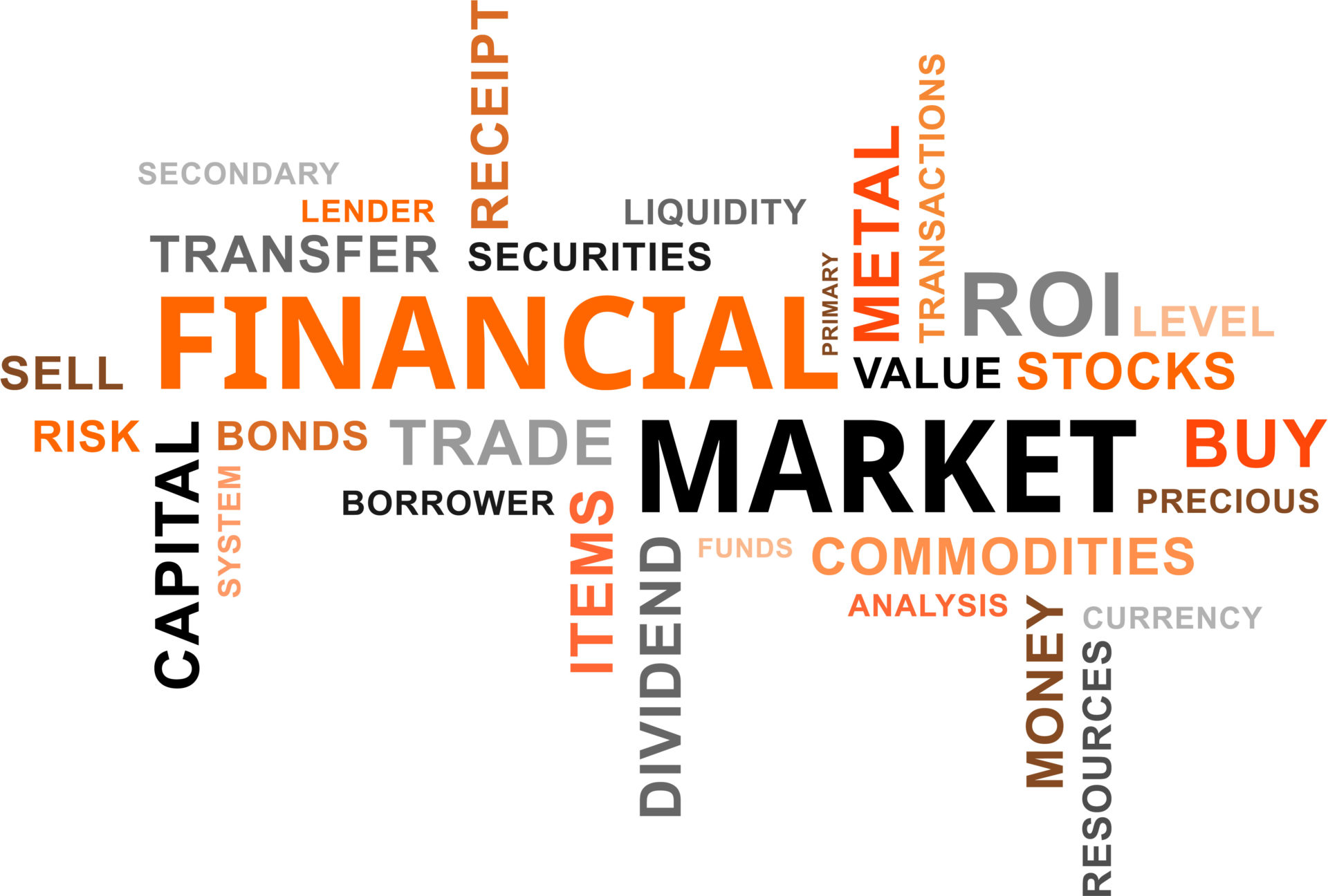
Financial Instruments
Photographs provided by canstockphoto.com
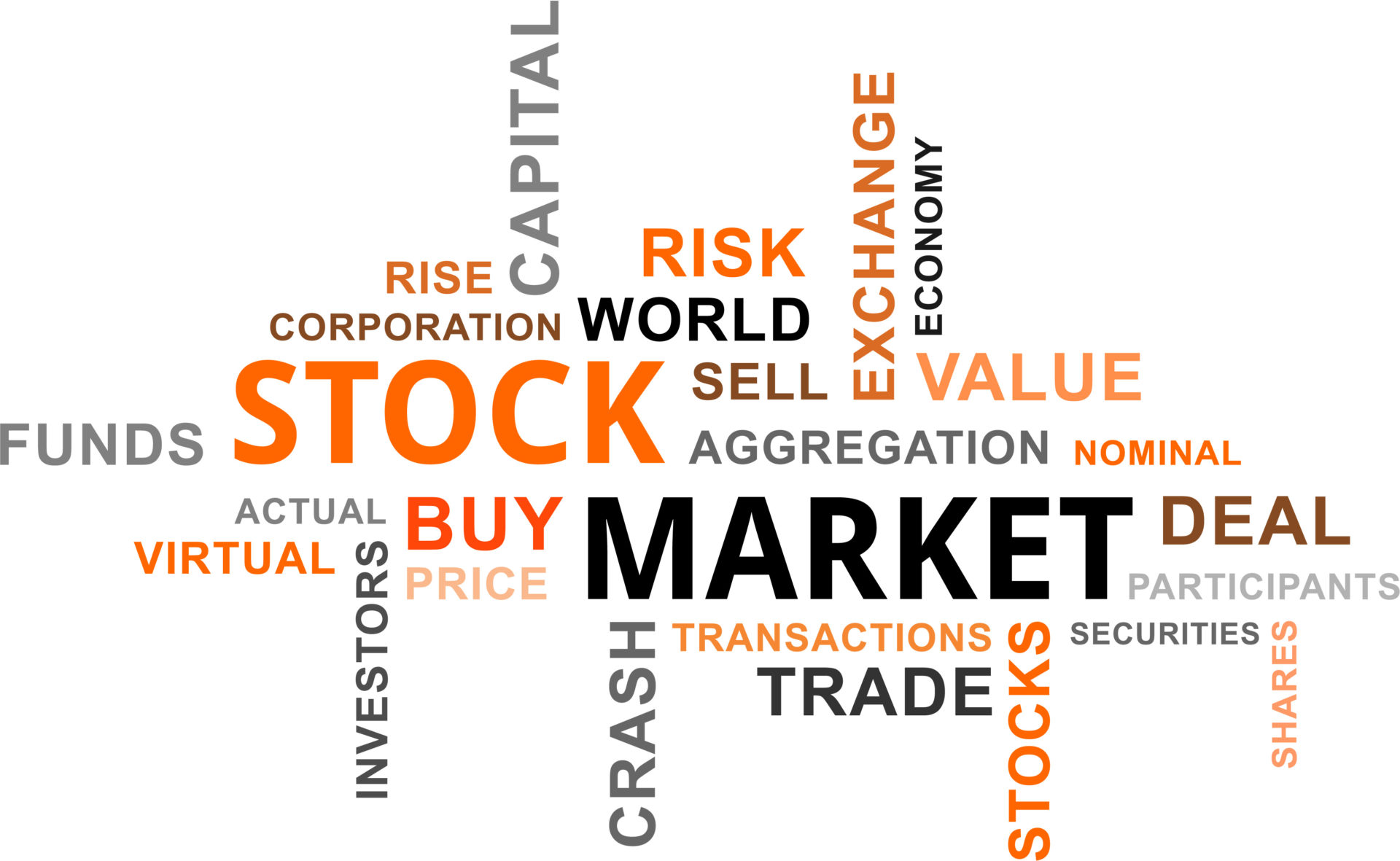
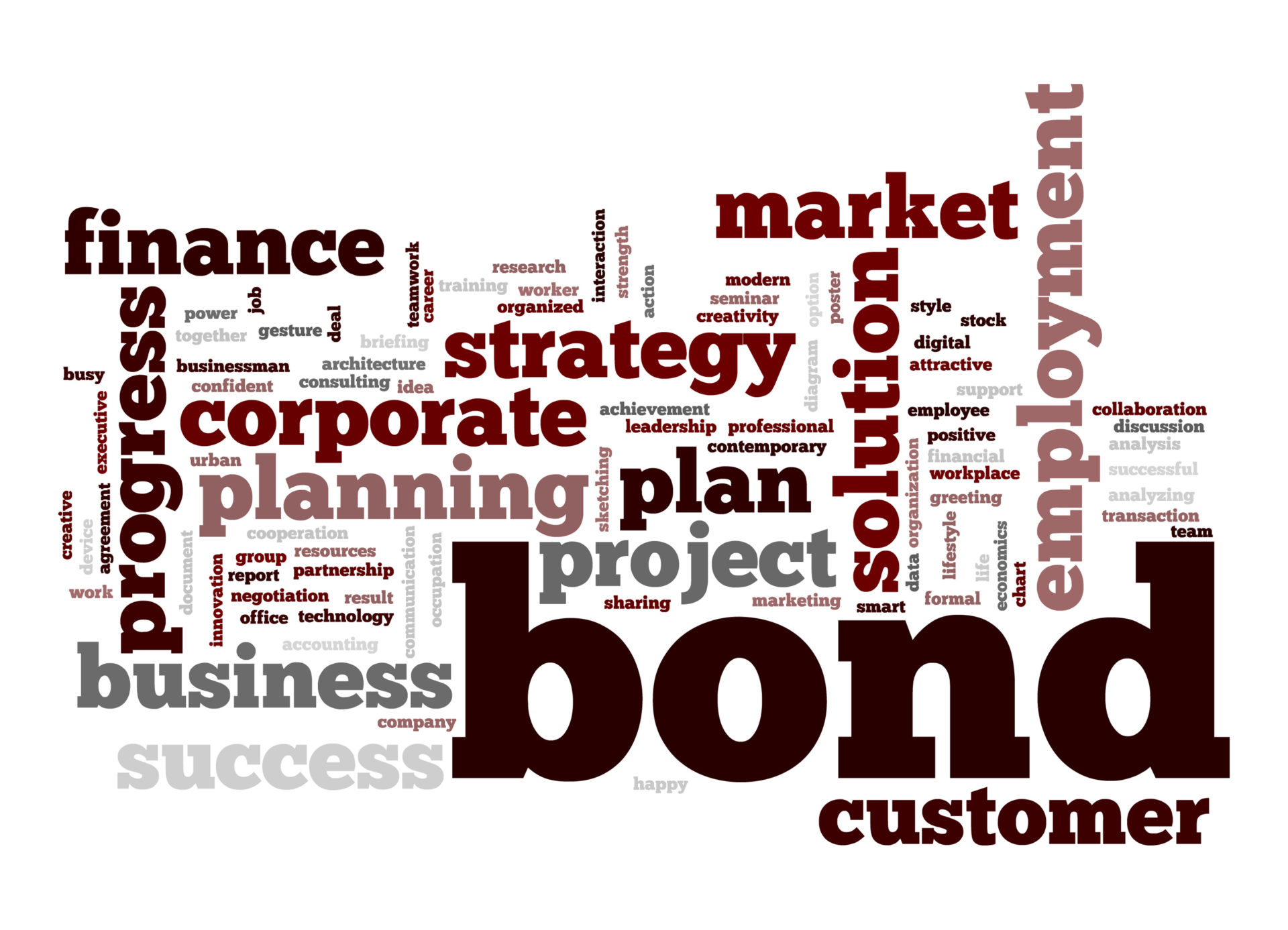

What Can You Trade? What Should You Trade?
You can trade just about anything you like. But if you’re participating in this series of lessons, we suggest you stick with stocks and futures. You can also trade Forex markets. As you continue to develop your skills over the next 30 days, do not trade more than 10 shares of any stock and no more than 1 contract for futures, and no more than a mini-lot or even a micro-lot of Forex — unless we specifically suggest a strategy that requires you to double that amount. Strategies that involve scaling out of a position will require positions to be opened with multiple contracts.
We strongly suggest you stay away from options for now.
We personally prefer trading futures, primarily because most of them trade around-the-clock which means the risk of large opening gaps against our position is minimized. Protective stop-losses can be honored at any time — even 2:00 am in the morning. (If you don’t know what futures are, don’t worry. We will cover them in later lessons, and highlight their strengths and weaknesses then.)
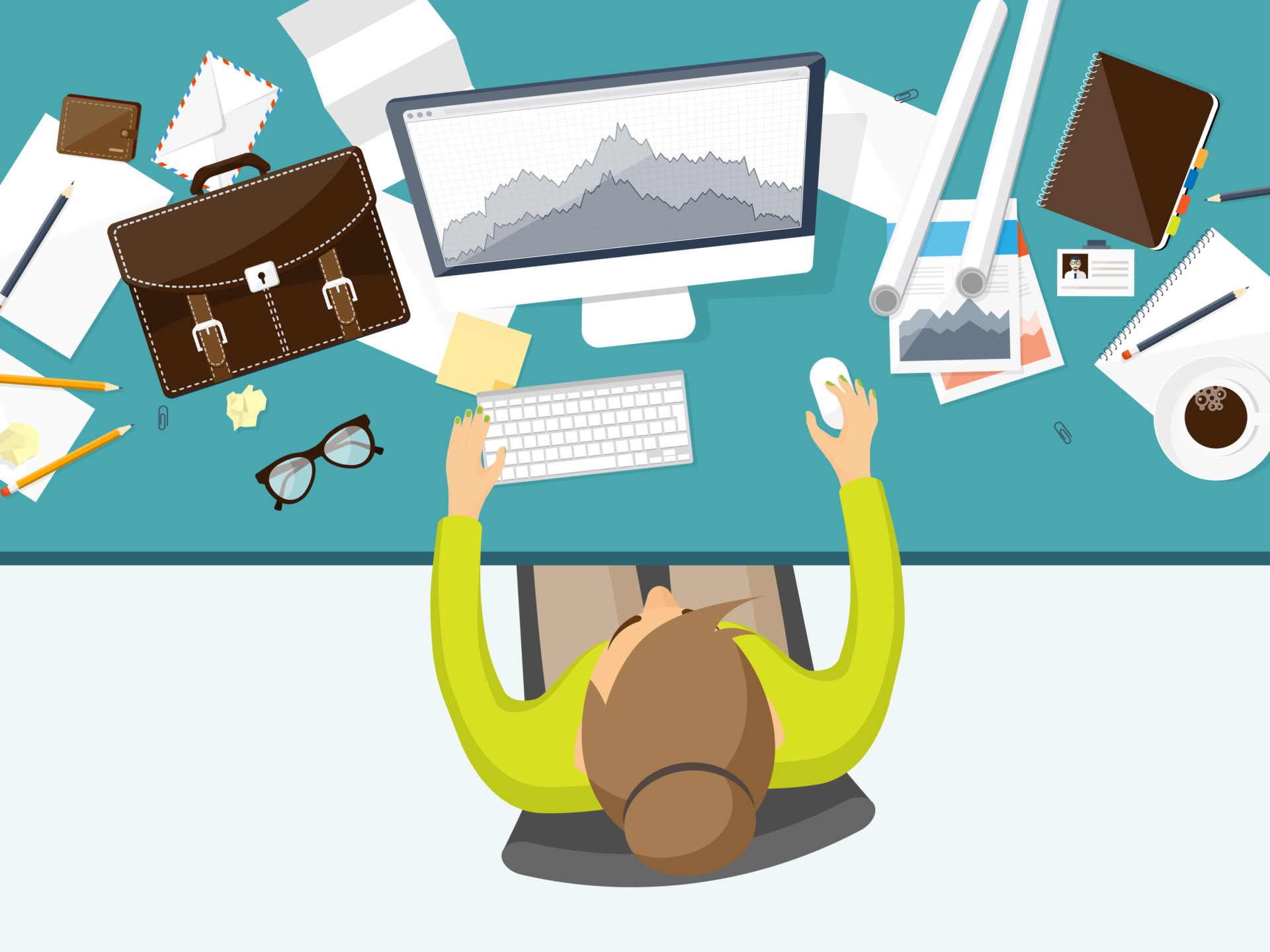
Terminology
We would like you to start to get familiar with some terminology that we will be using throughout this course. We will be providing one or more new terminology items in each of the first few lessons. We are dribbling them out over the course of a few lessons, so that we don’t overload you with new information. We believe that a little at a time, and small steps, make for more effective learning.
For this first lesson, we cover what we consider to be one of the the most important components of a trading plan:
Stop-Loss or Stop: This is an order you place after you enter a position. It is usually used to exit your trade when you are wrong. By deciding where price has to trade to in order to prove your trading thesis wrong and pre-planning your trade exit at that point, you do the most important thing you can do as an active trader — protect your capital. We will be discussing this idea in depth in multiple future lessons. And every trading technique and strategy we discuss will always include information about stop-loss placement.
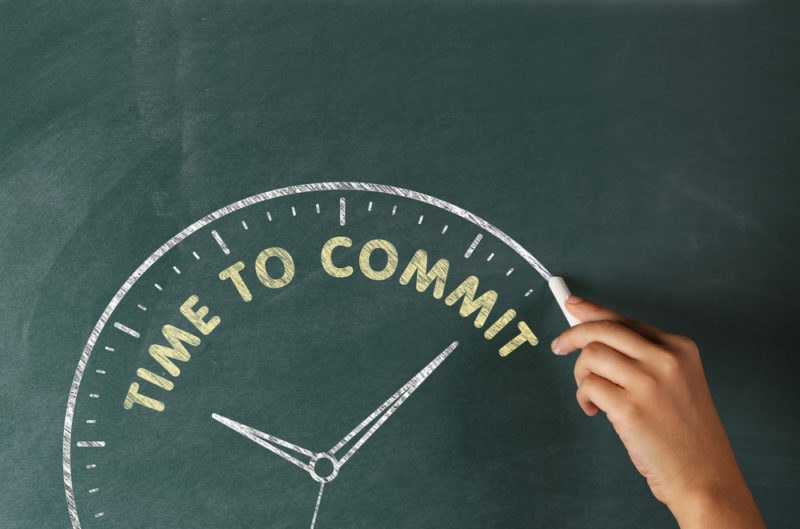
Your Time Commitment
It probably took you about 20 minutes to read this entire article. It will probably take you at least 1-2 hours to complete the equipment checklist, depending on how much you already have and how experienced you are in active-trading. This level of time commitment is what you should expect — approximately 2 hours per day, with some days approaching 3 hours. If you can give yourself that time now, it will return that investment to you many times over.
Your Checklist For This Lesson And Preparing For The Next Lesson
You have reached the end of this first lesson. The amount of detail we provide in future lessons will only increase from here on out. In this lesson, we have provided an overview of what to expect and gave you a taste for how we will be delivering future lessons.
In order to prepare for the next lesson you should go through the equipment checklist we provided above. After making sure you have everything on the list, you should then make sure you have an idea of how it all works. In particular, you should know how to make basic use of your charting software, your trading simulator, and your trade execution platform.
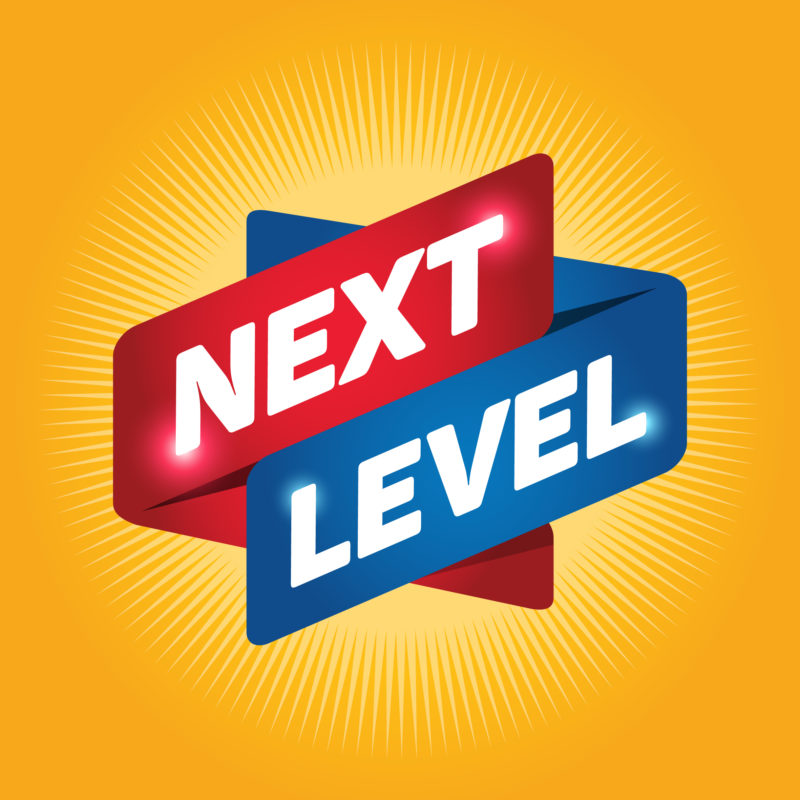
Coming Up Next
- The differences between investing and trading
- The mechanics of entering different types of orders, and when to use each type
- We will provide a trading pattern for you to use in your trading simulator to enter and exit trades using the different order types
- A discussion on the differences between stock and futures contracts
- A discussion on the the differences between currency futures and Forex, and when to use one or the other
- A new terminology item for you to study
Future Lessons
Future lessons will move on to the actual task of trading and cover:
- Using charts for trading
- Understanding what useful information charts convey (hint — they are not predicting the future)
- Market structure as shown on charts and how that helps your profitability
- Defining legs and swings on the charts, which will help the precision timing of your trade entries and exits
- All about trend reversals, so you can enter new trends early
- Exercises to practice scalping and intraday trades, which will contribute to your cash flow and smooth out your equity curve
- Using breakouts and breakout strategies to catch large powerful trends
- Entering trades on pullbacks for short term and long term trading
- The rare instances where classical technical indicators will help instead of hurt your trading
- Many trading drills for you to practice your new skills
- How to practice tape-reading, so that you can recognize chart patterns even before they are complete
- Building up your “market gut”, so you can be more confident that the trades you put on are the right trades
- Money management and risk control to help you preserve your capital
- Power trade structures that fake out most traders
- Much, much more!
Only 29 days to go! We hope you are getting really excited about this series and what it can potentially do for your finances!




